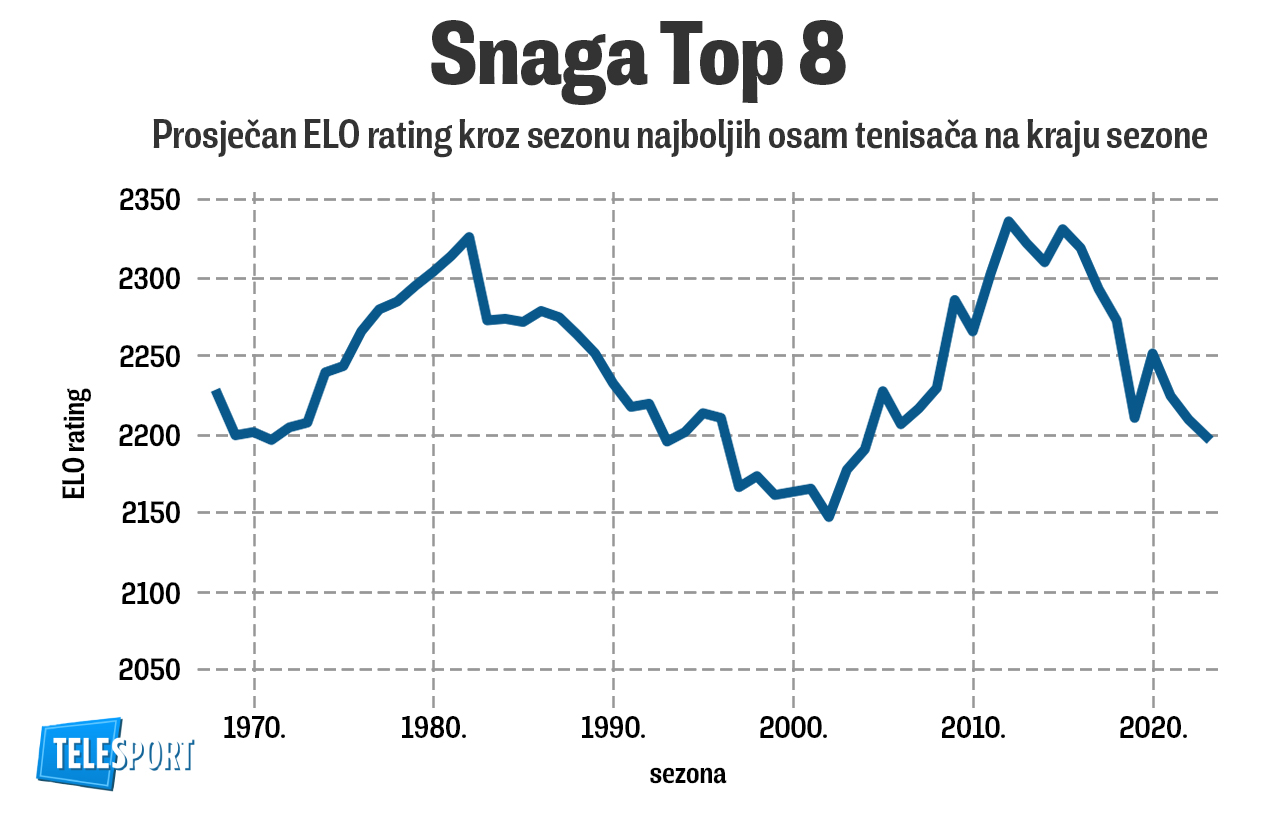I just think all of this in general is a fruitless endeavor despite you putting in an earnest and thoughtful effort. It's a good read, but this idea about era's, weakness/strength, etc.. it's all subjective to me.
The likes of Tsitsipas, Zverev, Medvedev, are they as good as Tsonga, Berdych, Roddick, etc? Who knows.
People keep using this idea of "Djokovic and Nadal are still winning so clearly everybody else sucks". Djokovic and Nadal are literally pure, unadulterated outliers. They're the two best players ever, they could play some genetically modified freakshow meant to win every tennis match ever and they'd still find a way to beat it.
Look at the other oldie's. Cilic, Delpo, Tsonga, Ferrer, etc... They're all gone or about to be gone. The new generation completely replaced them. Even the likes of Dimitrov, Raonic, etc.. have been replaced with Zverev, Rublev, Tsitsipas. I think that's a better gauge to see if this is truly a "weak era". If Cilic, Delpo, Tsonga, were all still around and still strutting around the top 5-10 beating people, then yep, this would be classed as a weak era to me. But they're not, they're all gone. Fully replaced by the young guys.
The reality is that we cannot and never will be able to quantifiably measure how weak or strong an era was. A lot of people here will rag on about this being an embarrassment of a generation. Andy Roddick was on Twitter during the RG final, and he live-tweeted saying that "Anybody from my generation who thinks they can compete with these guys has no clue". And he specifically mentioned that the movement in the game is different now. If the game from the 80's changed 20 years later to the game in the 2000's, why is it not possible that the game from the 2000's is different to the game 20 years later? The movement is better, the baselining is tougher, strokes are much, much heavier than they used to me. Players are hitting with more depth, better angles, and the overall conditioning is much higher than before. The games evolved, it's totally different to when people from 20 years ago played, even players from 10 years ago. And with that, it's completely impossible to judge if one era is better than another. Who knows.




